Home>Gardening & Outdoor>Plant Care & Gardening Tips>When To Start Planting Wildflower Seeds In Kentucky
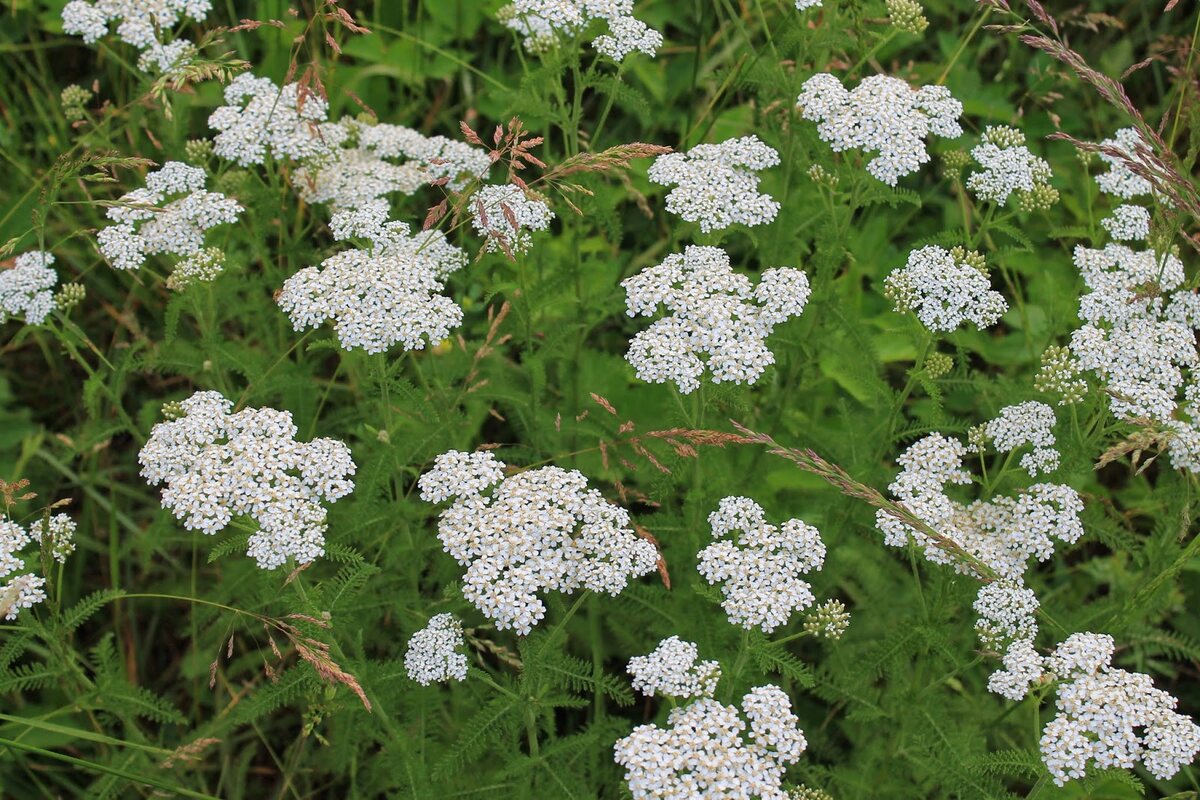

Plant Care & Gardening Tips
When To Start Planting Wildflower Seeds In Kentucky
Modified: January 5, 2024
Discover the best time to plant wildflower seeds in Kentucky and get expert plant care and gardening tips for a thriving garden. Learn when to start sowing seeds for beautiful wildflowers.
(Many of the links in this article redirect to a specific reviewed product. Your purchase of these products through affiliate links helps to generate commission for Storables.com, at no extra cost. Learn more)
Introduction
Wildflowers are a vibrant and essential part of Kentucky's natural landscape, adding beauty and diversity to the environment. Whether you're a seasoned gardener or a novice enthusiast, the allure of cultivating wildflowers in your own outdoor space is undeniable. However, achieving success with wildflower planting requires a fundamental understanding of the local climate, soil conditions, and the specific needs of these indigenous plants.
In this comprehensive guide, we will delve into the intricacies of wildflower planting in Kentucky, offering valuable insights into the optimal timing for sowing wildflower seeds, the essential factors to consider, and the best practices for nurturing these delicate blooms. By the end of this journey, you will be equipped with the knowledge and confidence to embark on your own wildflower gardening adventure, contributing to the preservation of Kentucky's natural splendor while creating a picturesque haven in your backyard.
Key Takeaways:
- Timing is crucial for planting wildflower seeds in Kentucky, with late fall and early spring being the best times. Understanding the local climate, soil, and sunlight is essential for successful cultivation.
- Caring for wildflowers involves watering, weed management, supportive pruning, native pollinator support, and appreciation. By tending to their needs, you can create a thriving habitat for Kentucky’s indigenous flora.
Read more: When To Start Seeds For Spring Planting
Understanding Wildflowers in Kentucky
Before delving into the specifics of planting wildflowers in Kentucky, it’s crucial to grasp the unique characteristics of these indigenous blooms. Kentucky is blessed with a rich tapestry of native wildflowers, each contributing to the state’s diverse ecosystem. From the iconic Black-Eyed Susan to the delicate Butterfly Weed, these wildflowers play a pivotal role in supporting local wildlife and preserving the natural heritage of the region.
One of the defining features of Kentucky’s wildflowers is their adaptability to the varying landscapes and microclimates across the state. Whether nestled in the verdant hills of the Appalachian Plateau or thriving in the fertile soils of the Bluegrass Region, these resilient blooms have evolved to flourish in Kentucky’s distinct environments.
Furthermore, wildflowers in Kentucky boast an array of captivating colors, shapes, and sizes, adding a dynamic visual element to the natural surroundings. Their presence not only enhances the aesthetic appeal of the state but also serves as a vital food source for pollinators, such as butterflies and bees, contributing to the overall health of the local ecosystem.
By understanding the diverse array of wildflowers that call Kentucky home, gardeners can make informed decisions about which species to cultivate based on their unique characteristics and the specific microclimate of their planting site. This knowledge forms the foundation for successful wildflower gardening in Kentucky, ensuring that these native blooms thrive in their intended environment.
Factors to Consider Before Planting
Before embarking on the rewarding journey of planting wildflowers in Kentucky, several crucial factors should be taken into account to ensure the success and vitality of these indigenous blooms.
- Local Climate: Kentucky’s climate is characterized by hot, humid summers and moderately cold winters. Understanding the specific climatic conditions of your region within the state is essential for selecting wildflower species that can thrive in the local environment.
- Soil Quality: The soil composition in Kentucky varies from region to region, with factors such as pH levels and drainage capabilities playing a significant role in the health and growth of wildflowers. Conducting a soil test can provide valuable insights into the soil’s composition and help determine the suitability for different wildflower species.
- Sunlight Exposure: Assessing the sunlight patterns in your planting area is crucial, as it dictates which wildflower species will thrive. Some species require full sun exposure, while others prefer partial shade, so understanding the sunlight dynamics is imperative for successful cultivation.
- Water Availability: Wildflowers have diverse water requirements, and it’s essential to consider the availability of water in your chosen planting site. Factors such as natural rainfall patterns and irrigation capabilities should be evaluated to ensure that the selected wildflowers receive adequate hydration.
- Native Species Preservation: Prioritize the preservation of native wildflowers in Kentucky by selecting indigenous species for your garden. This not only contributes to the conservation of the state’s natural flora but also promotes the sustenance of local wildlife and pollinators.
By carefully considering these factors and conducting thorough assessments of your planting site, you can make informed decisions when selecting wildflower species and create an environment where these indigenous blooms can thrive harmoniously with the surrounding ecosystem.
Best Time to Start Planting Wildflower Seeds
Timing plays a pivotal role in the successful establishment of wildflowers in Kentucky. Understanding the best time to start planting wildflower seeds is essential for ensuring optimal germination, growth, and blooming. In Kentucky, the ideal timeframe for sowing wildflower seeds varies depending on the specific species and the prevailing climatic conditions.
For many wildflower species in Kentucky, the prime window for seeding falls within the transitional periods of late fall and early spring. Planting wildflower seeds during these times capitalizes on the natural cycles of temperature and moisture, providing an advantageous environment for seed germination and early root development.
Late Fall Planting: Sowing wildflower seeds in late fall, typically from late October to early November, takes advantage of the cooler temperatures and natural precipitation. The seeds undergo a process called stratification, where the cold and moist conditions mimic the natural winter dormancy period, preparing the seeds for robust germination once spring arrives. This approach aligns with the natural lifecycle of many wildflower species, enhancing their chances of successful establishment.
Early Spring Planting: As the frosty grip of winter begins to wane and the soil gradually warms, early spring, typically from late March to early April, presents another opportune moment for planting wildflower seeds in Kentucky. The increasing daylight and moderate temperatures create favorable conditions for seed germination and rapid root development, setting the stage for vigorous growth as the season progresses.
It’s important to note that while these timeframes serve as general guidelines, the specific planting window for wildflower seeds may vary based on the individual species and the microclimate of the planting site within Kentucky. Consulting with local gardening resources or native plant experts can provide valuable insights into the optimal timing for sowing specific wildflower species in your area.
By aligning your wildflower planting activities with the natural rhythms of the seasons in Kentucky, you can maximize the potential for successful seed germination and foster the flourishing beauty of these native blooms in your garden or outdoor space.
You can start planting wildflower seeds in Kentucky in the early spring or late fall. This allows the seeds to establish before the heat of summer or the cold of winter. Make sure to choose a sunny spot with well-drained soil for best results.
Steps for Planting Wildflower Seeds
Planting wildflower seeds in Kentucky is a rewarding and straightforward process, but it requires careful attention to detail and an understanding of the specific needs of these indigenous blooms. By following a few essential steps, you can ensure the successful establishment of wildflowers in your outdoor space, contributing to the preservation of Kentucky’s natural heritage and creating a vibrant tapestry of colors and textures.
- Site Selection: Choose a suitable planting site that aligns with the sunlight requirements and soil conditions of the wildflower species you intend to cultivate. Whether it’s a sunny meadow, a woodland edge, or a garden bed, selecting the right location is crucial for the long-term health and vitality of the wildflowers.
- Soil Preparation: Prepare the soil by removing any debris, weeds, or competing vegetation from the planting area. Loosen the soil to a depth of 3-4 inches to create an optimal environment for seed germination and root growth.
- Seed Distribution: Broadcast the wildflower seeds evenly across the prepared soil surface. Depending on the specific species, you may choose to mix the seeds with a carrier material, such as sand, to facilitate uniform distribution and prevent clumping.
- Seed Coverage: Gently rake the soil to lightly cover the seeds, ensuring good soil-to-seed contact while allowing sufficient light for germination. For most wildflower species, a light covering of approximately 1/8 to 1/4 inch of soil is adequate to promote successful germination.
- Watering: After sowing the seeds, thoroughly water the planting area to provide initial moisture for seed activation. Use a gentle spray or mist setting to prevent displacement of the seeds and maintain consistent soil moisture during the germination period.
- Maintenance: Monitor the planted area regularly, keeping the soil moist but not waterlogged during the germination phase. As the wildflower seedlings emerge, gradually transition to a regular watering schedule based on the specific water requirements of the cultivated species.
- Supportive Care: Implement supportive measures, such as protecting the emerging seedlings from excessive competition, pests, and invasive species. Consider mulching the area with organic materials to retain moisture and suppress weed growth, promoting the healthy development of the wildflowers.
By following these steps and exercising patience and attentive care, you can set the stage for a flourishing display of native wildflowers in Kentucky, enriching the local ecosystem and creating a picturesque haven for both humans and wildlife alike.
Read more: When Should I Plant Wildflower Seeds
Caring for Wildflowers
Once your wildflower seeds have been sown and the initial stages of growth have commenced, providing proper care and maintenance is essential to ensure the long-term health and vitality of the native blooms in Kentucky. Caring for wildflowers involves a blend of attentive stewardship, thoughtful interventions, and an appreciation for the natural processes that contribute to their flourishing beauty.
- Watering: While wildflowers are known for their resilience, consistent and appropriate watering is crucial, especially during the initial stages of growth. Monitor the soil moisture levels and provide supplemental watering during dry spells, ensuring that the wildflowers receive adequate hydration without waterlogging the soil.
- Weed Management: Regularly inspect the planting area for invasive weeds that may compete with the wildflowers for resources. Gentle hand-weeding or the application of organic mulch can help suppress weed growth while allowing the wildflowers to thrive unhindered.
- Supportive Pruning: In some cases, selective pruning or deadheading of spent blooms can encourage prolonged flowering and prevent the wildflowers from expending energy on seed production. However, it’s important to research the specific care requirements of the cultivated wildflower species before implementing any pruning practices.
- Native Pollinator Support: Wildflowers play a crucial role in supporting local pollinators, and fostering a welcoming environment for bees, butterflies, and other beneficial insects is integral to the overall health of the ecosystem. Avoiding the use of harmful pesticides and providing diverse nectar sources can contribute to the well-being of these essential pollinators.
- Observation and Appreciation: Take the time to observe the wildflowers as they progress through their natural lifecycle, from the emergence of delicate seedlings to the vibrant blooms that adorn the landscape. Cultivating an appreciation for the intricacies of their growth fosters a deeper connection to the natural world and the unique contributions of Kentucky’s indigenous flora.
By tending to the needs of the wildflowers with mindful care and an understanding of their ecological significance, you can nurture a thriving habitat that not only enhances the beauty of your outdoor space but also supports the broader ecosystem of Kentucky’s natural environment.
Conclusion
Cultivating wildflowers in Kentucky is a gratifying endeavor that harmonizes the beauty of native blooms with the preservation of the state’s natural heritage. By understanding the unique characteristics of Kentucky’s wildflowers and considering essential factors such as climate, soil, sunlight, and water, gardeners can create a flourishing haven for these indigenous plants. The best time to start planting wildflower seeds aligns with the natural rhythms of late fall and early spring, maximizing the potential for successful germination and growth.
Following the steps for planting wildflower seeds, from site selection to supportive care, lays the groundwork for a vibrant display of native blooms, enriching the local ecosystem and providing a picturesque tapestry of colors and textures. Caring for wildflowers involves attentive stewardship, mindful interventions, and a deep appreciation for the interconnectedness of these delicate blooms with the broader environment.
As you embark on your wildflower gardening journey in Kentucky, remember that each seed sown and each bloom nurtured contributes to the preservation of the state’s natural splendor and the sustenance of local wildlife. By fostering a welcoming habitat for indigenous wildflowers, you play a vital role in safeguarding the rich biodiversity and ecological balance that defines the beauty of Kentucky’s landscapes.
May your wildflower garden become a living testament to the resilience and grace of Kentucky’s native flora, serving as a source of inspiration and wonder for generations to come.
Frequently Asked Questions about When To Start Planting Wildflower Seeds In Kentucky
Was this page helpful?
At Storables.com, we guarantee accurate and reliable information. Our content, validated by Expert Board Contributors, is crafted following stringent Editorial Policies. We're committed to providing you with well-researched, expert-backed insights for all your informational needs.
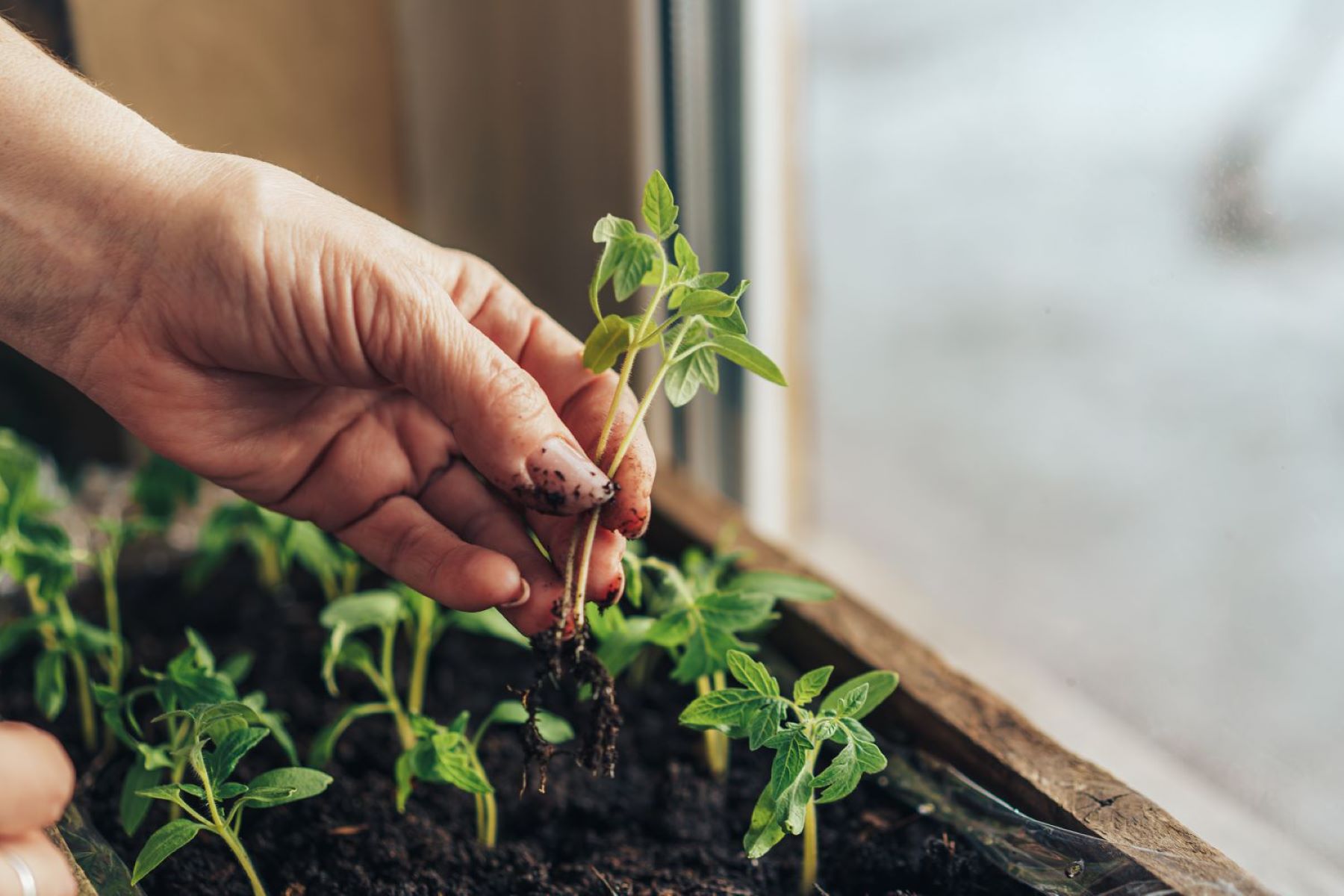
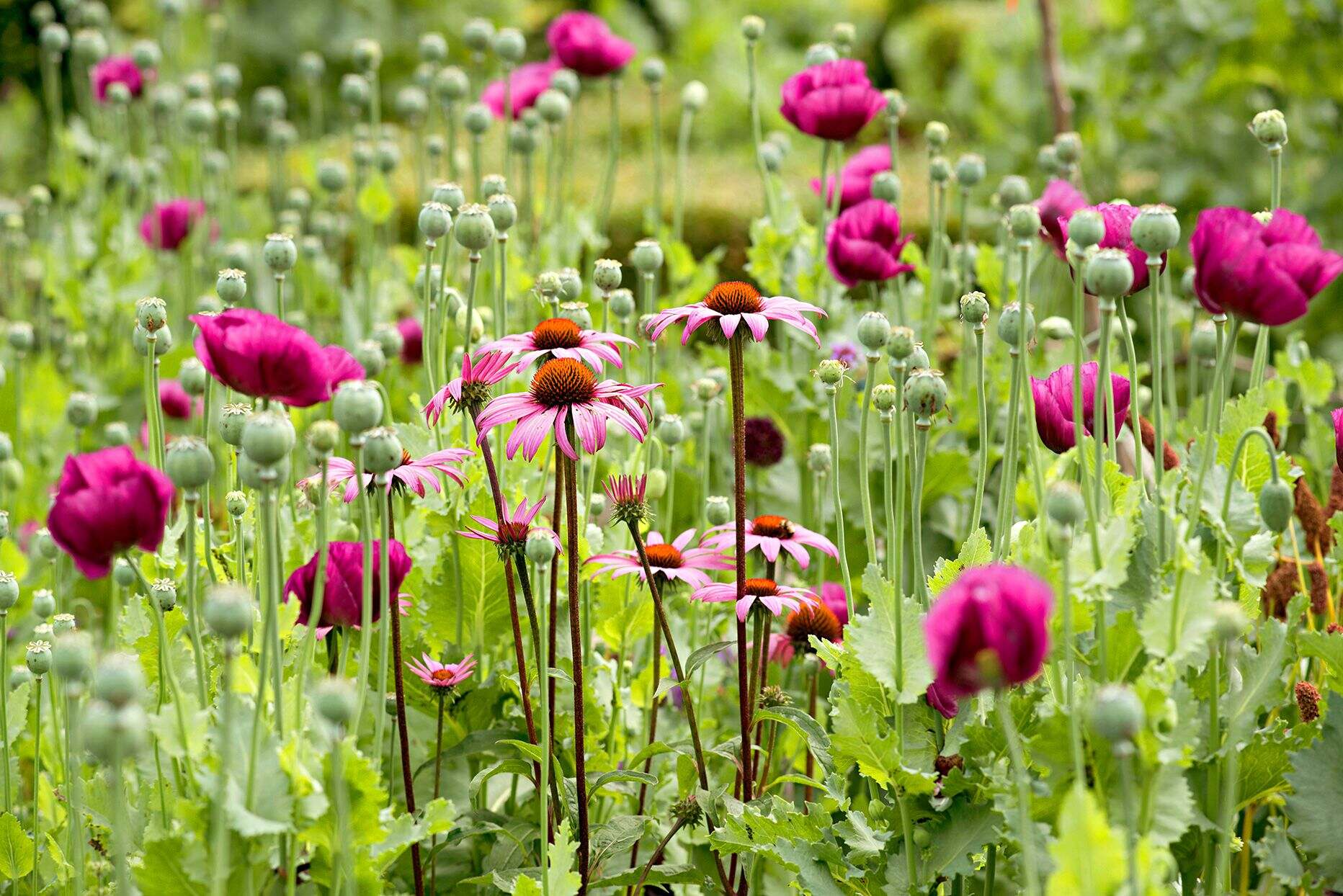
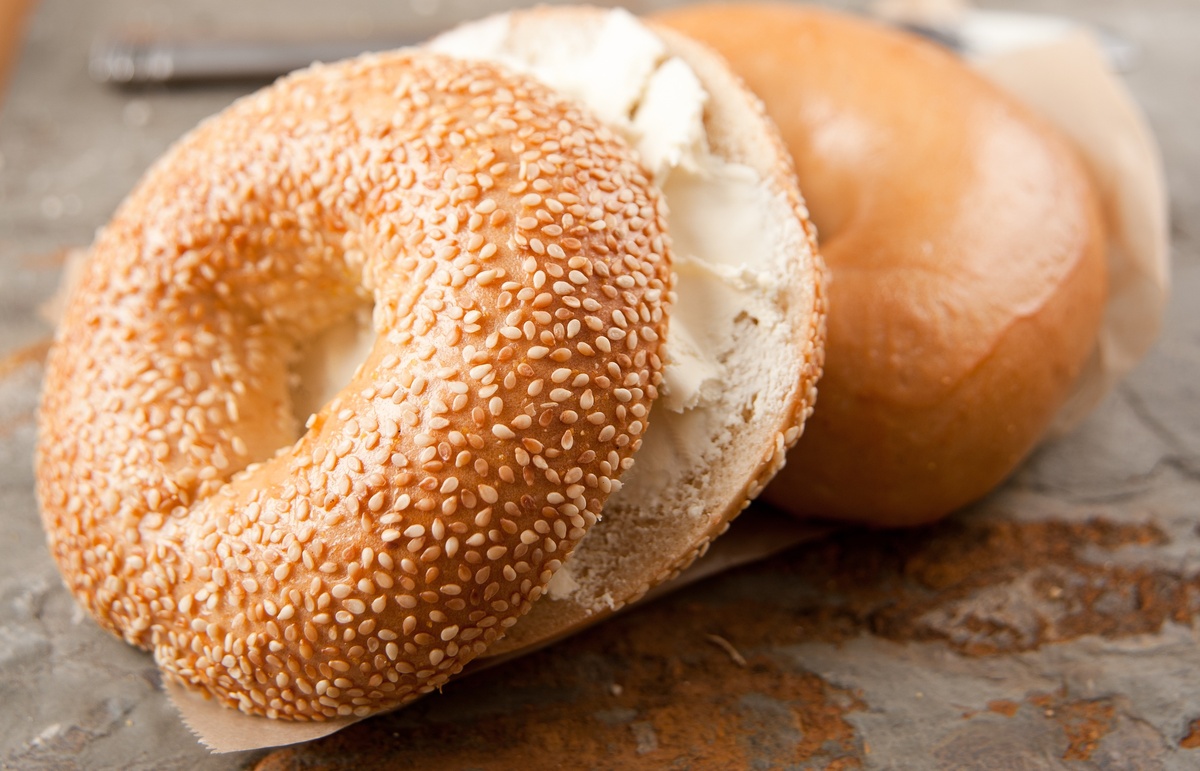
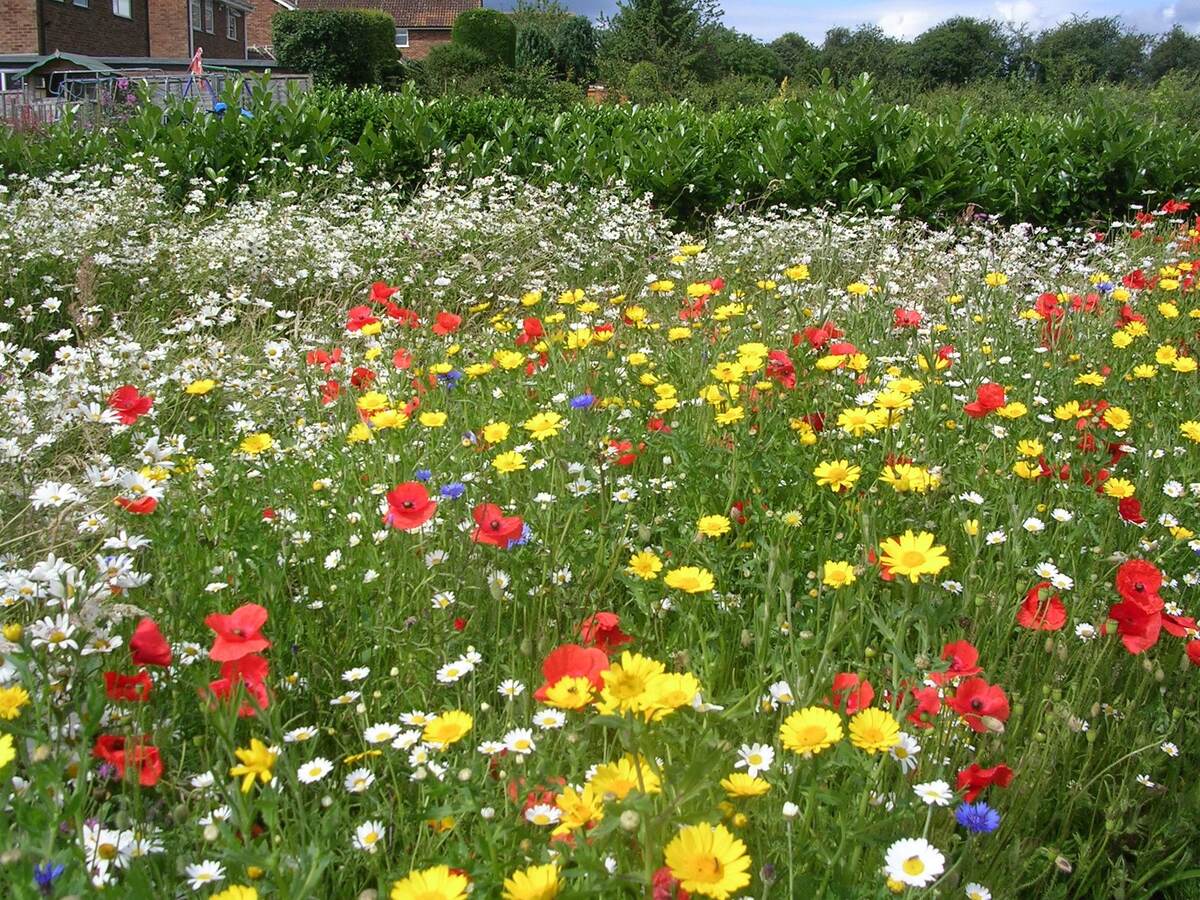
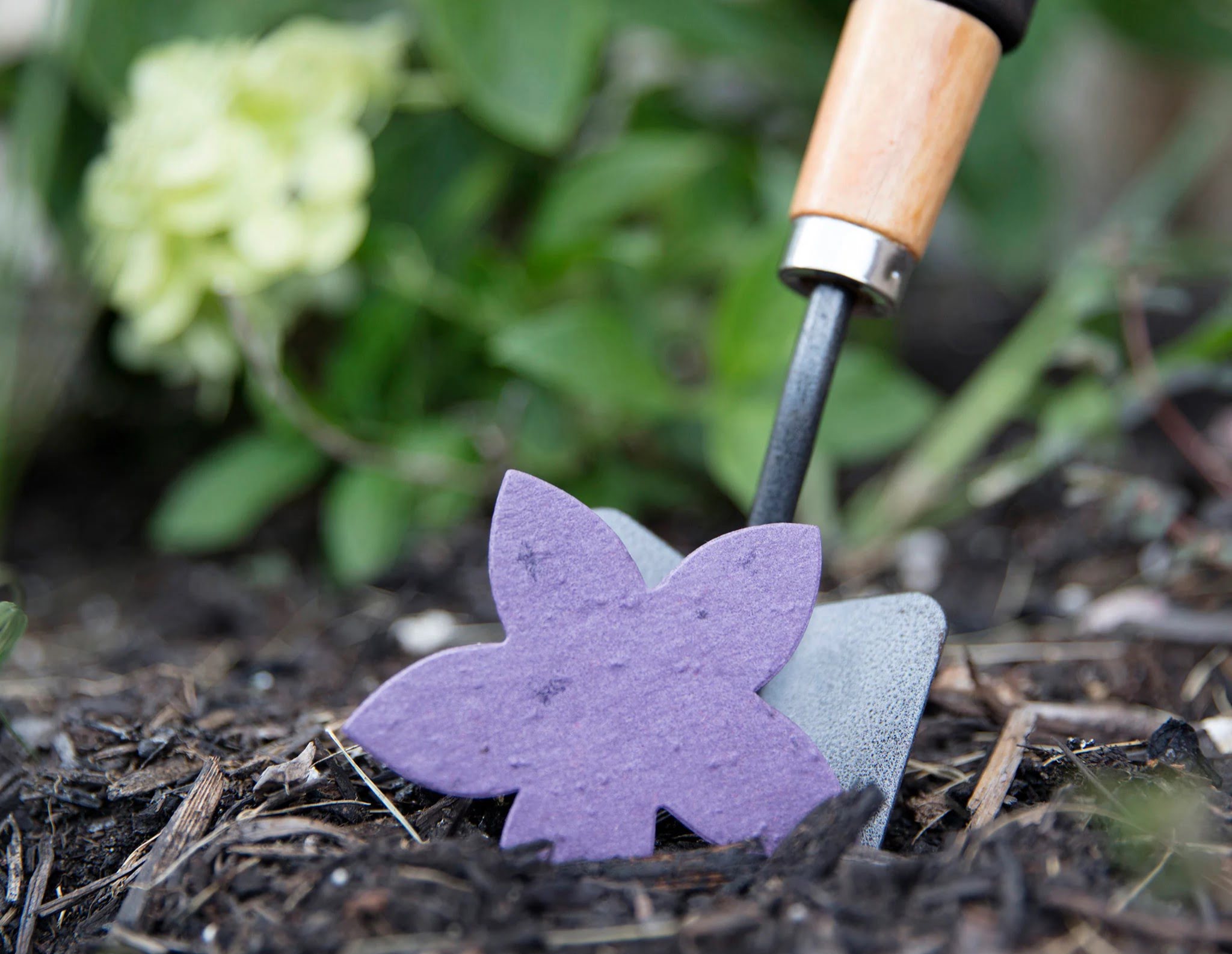
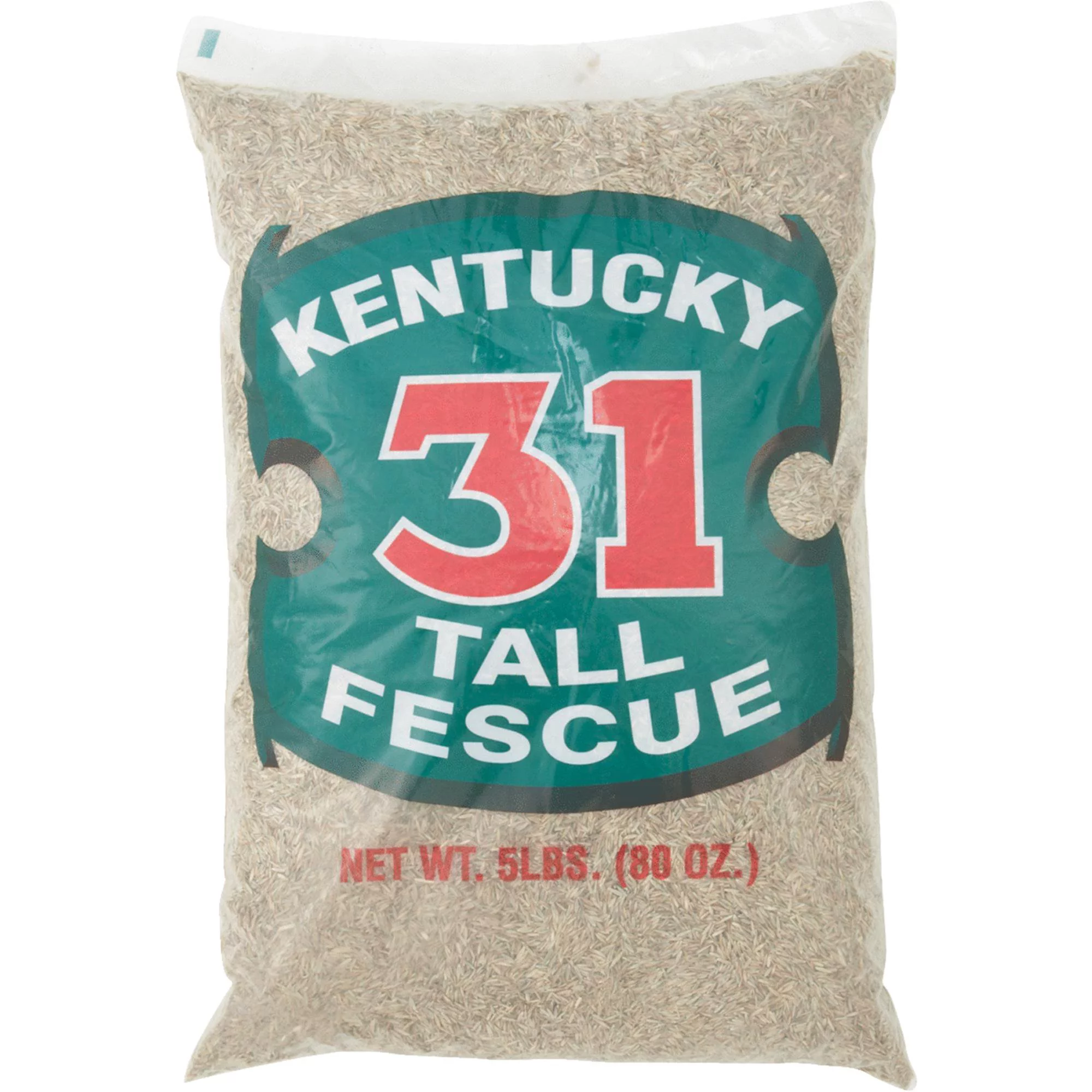
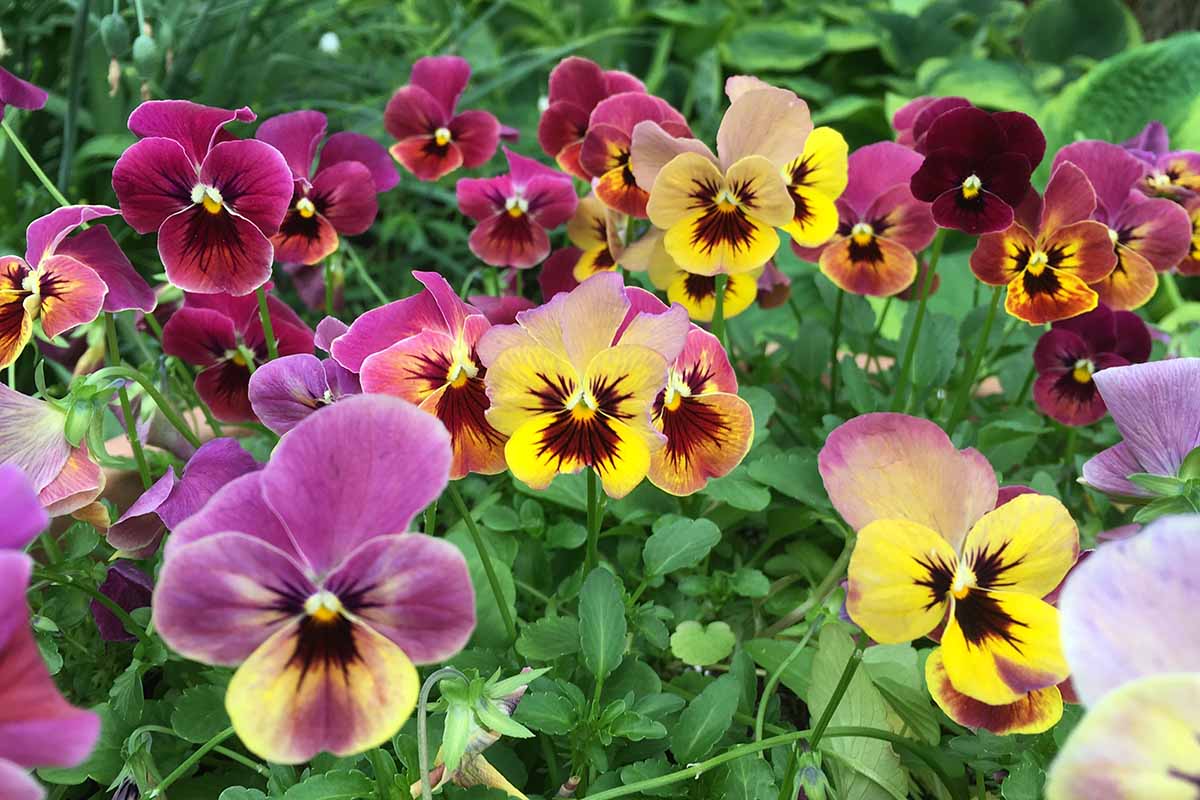
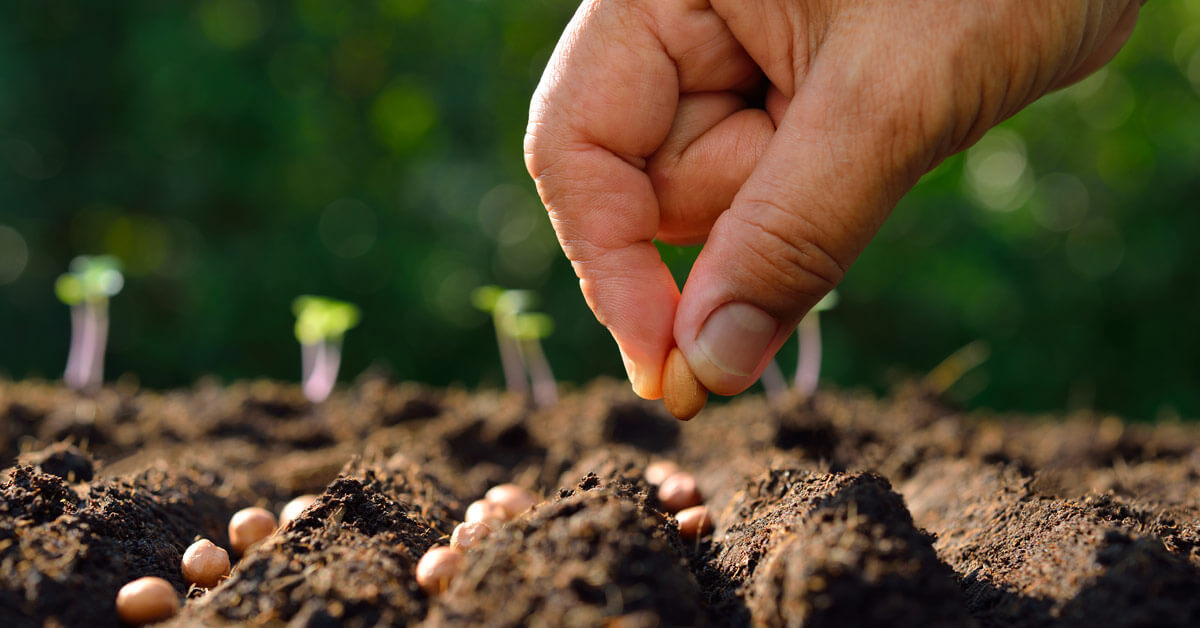
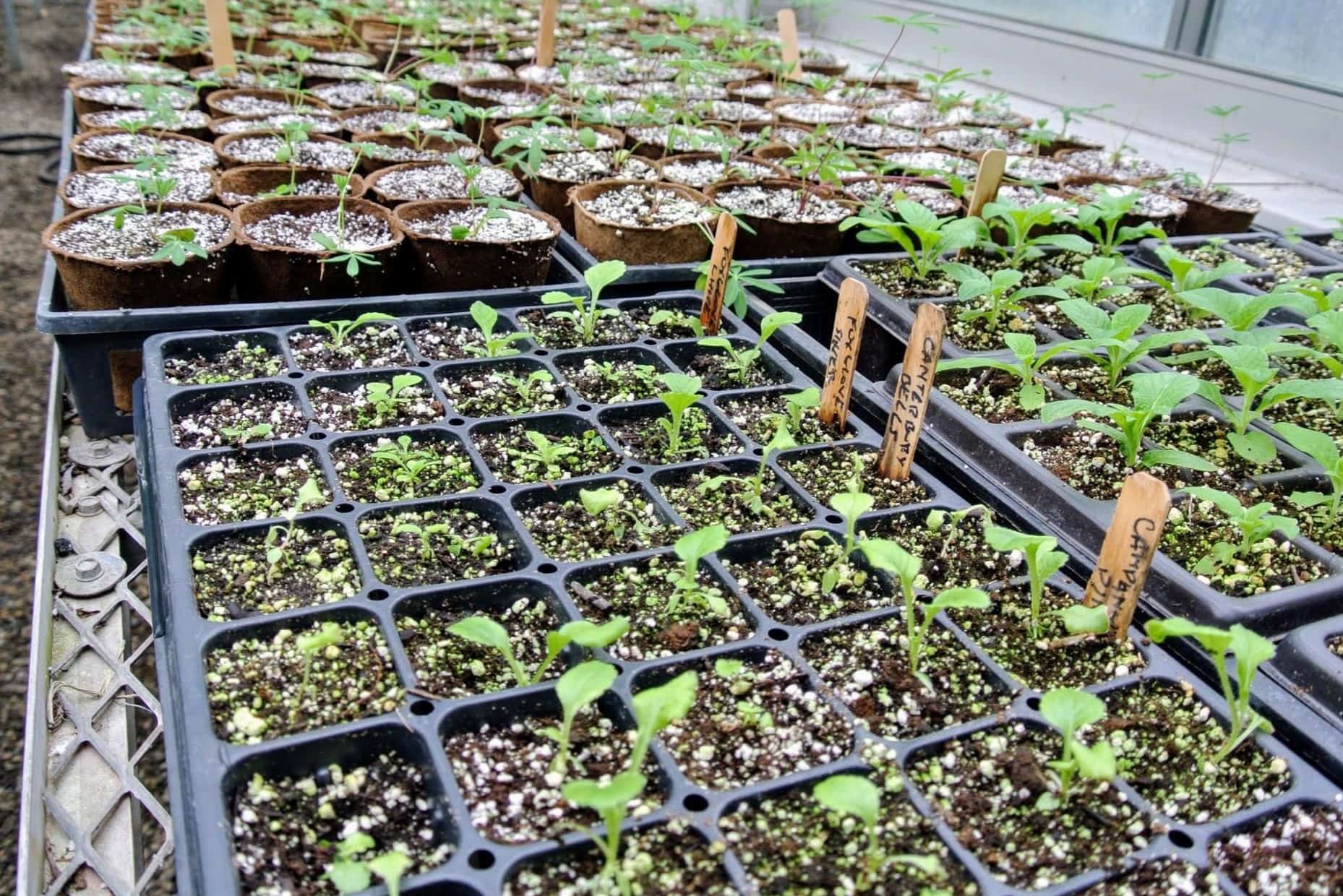
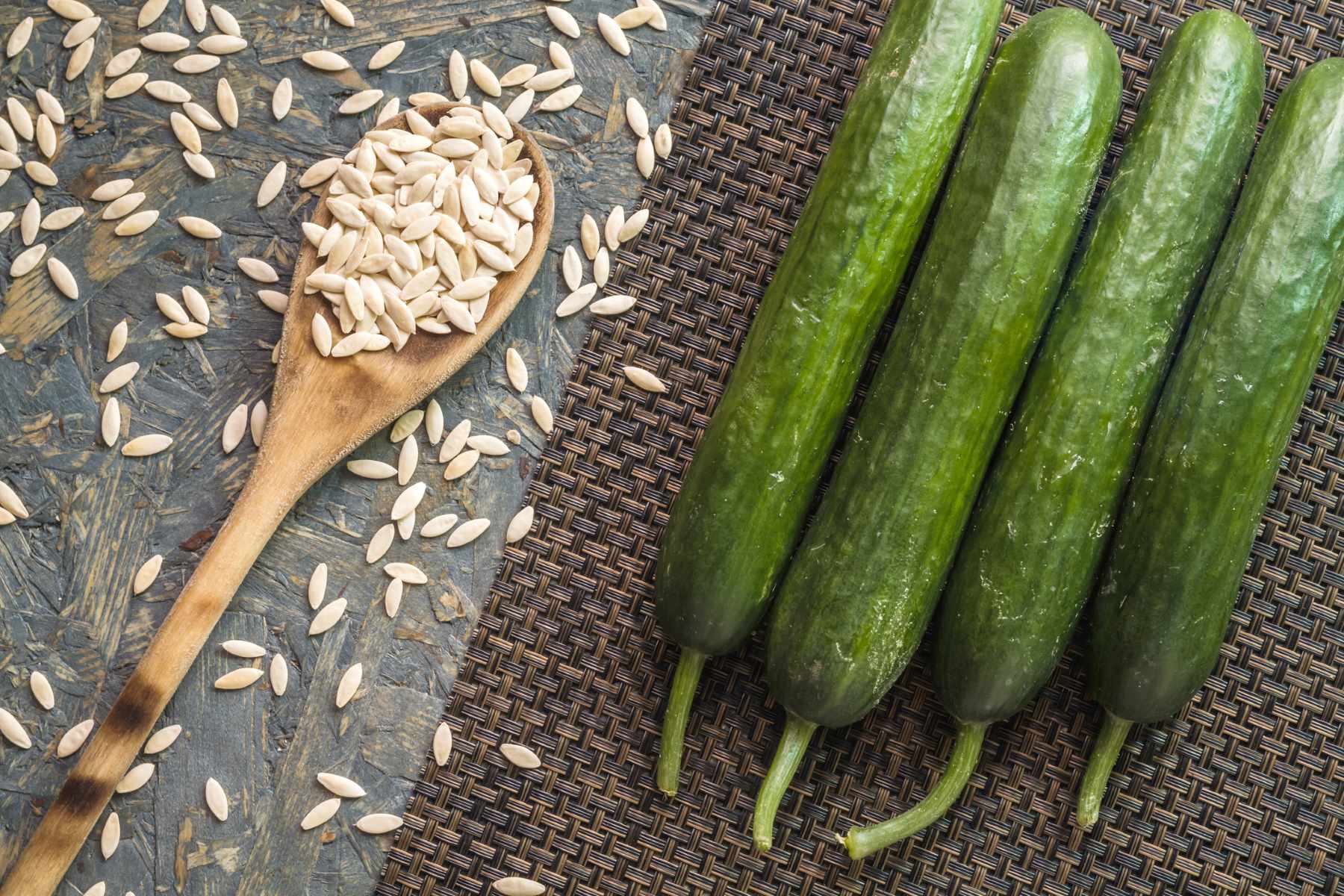
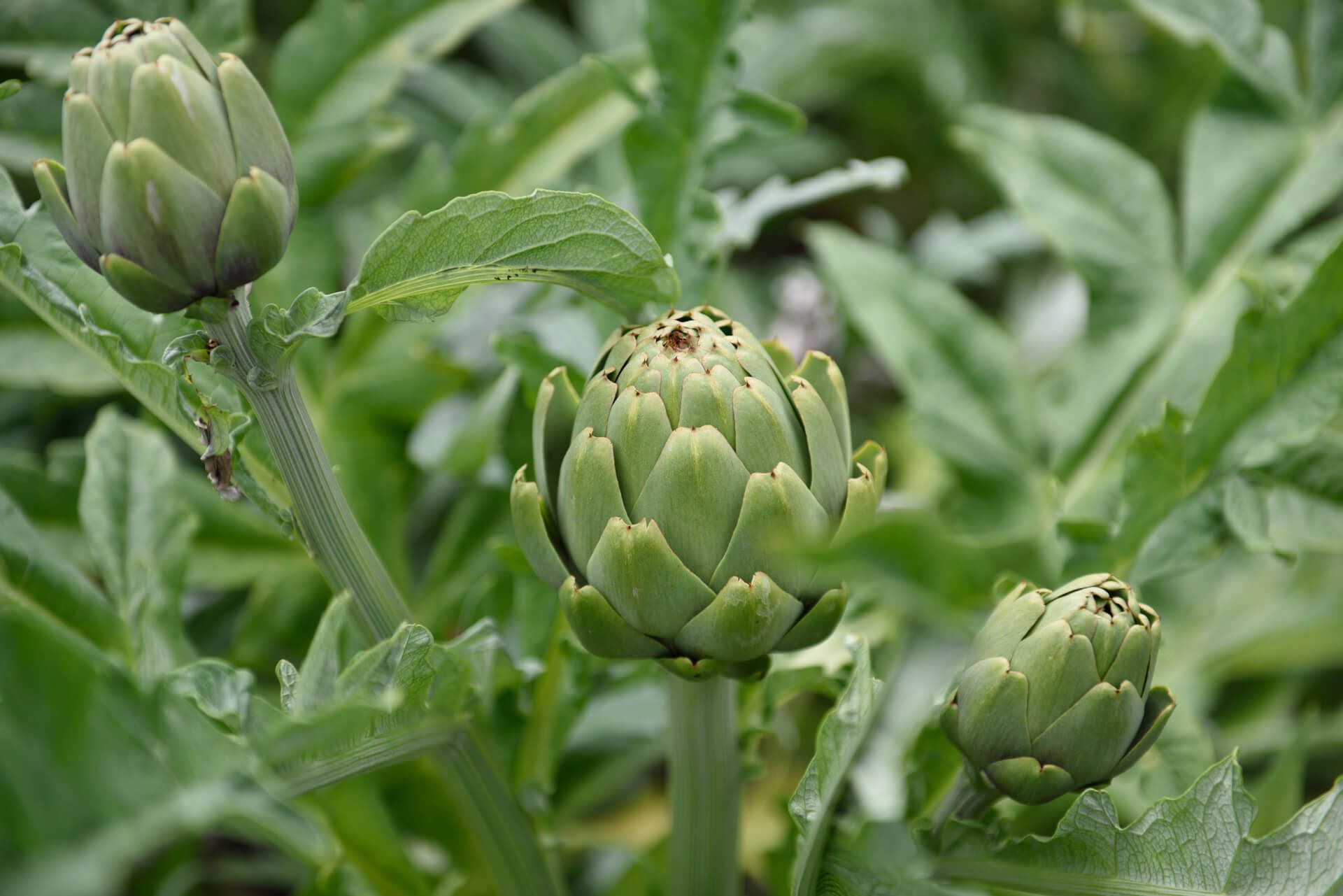
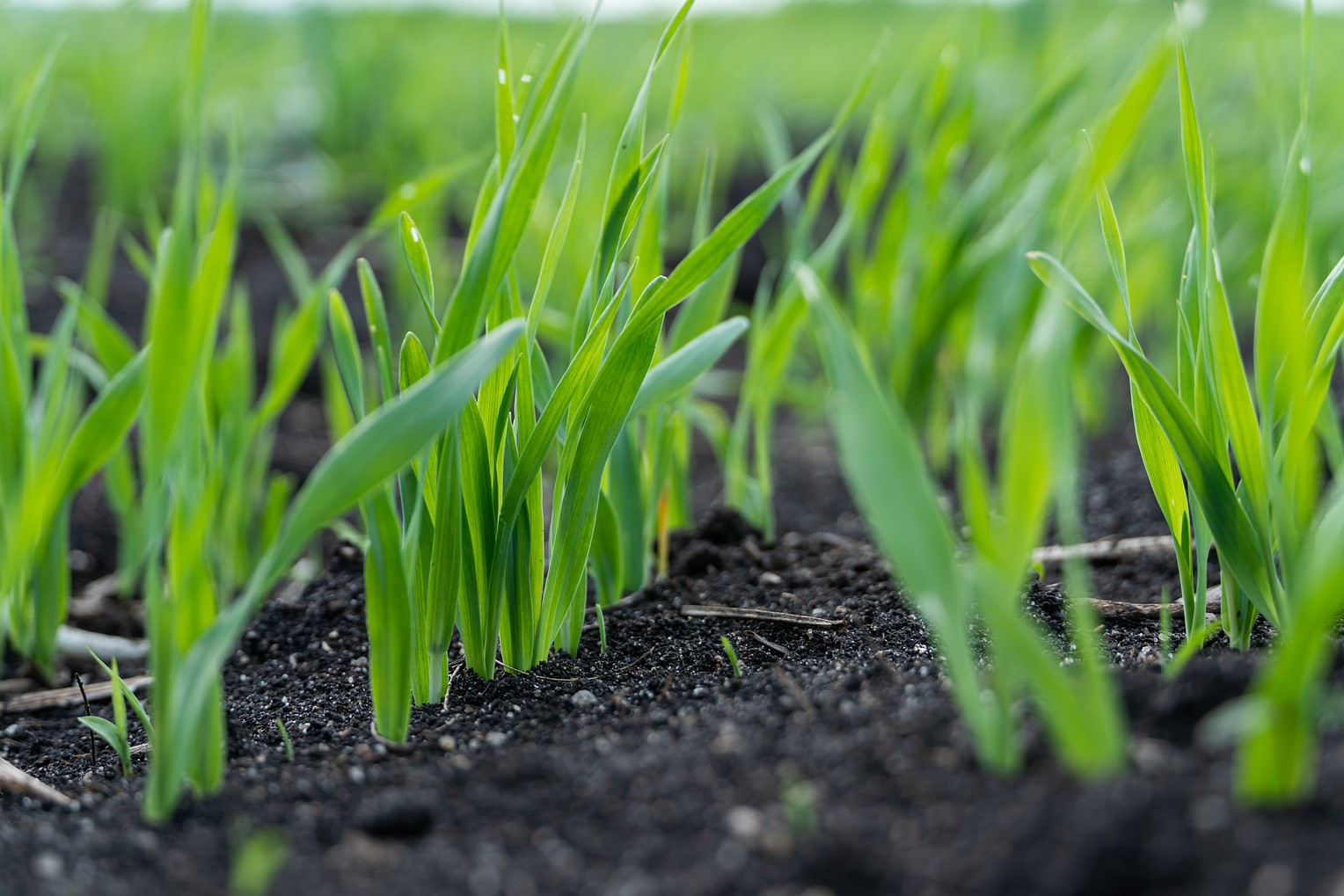
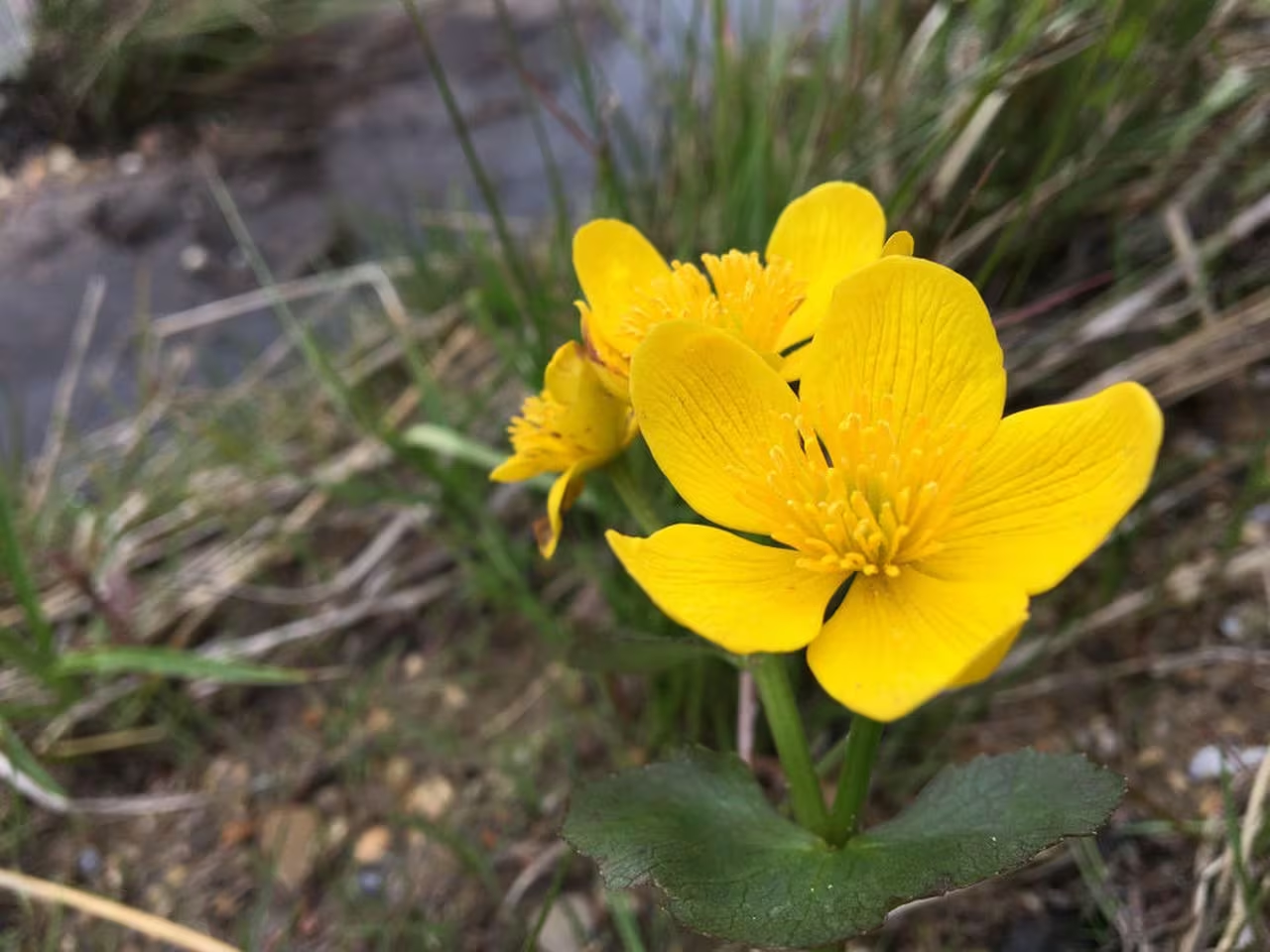
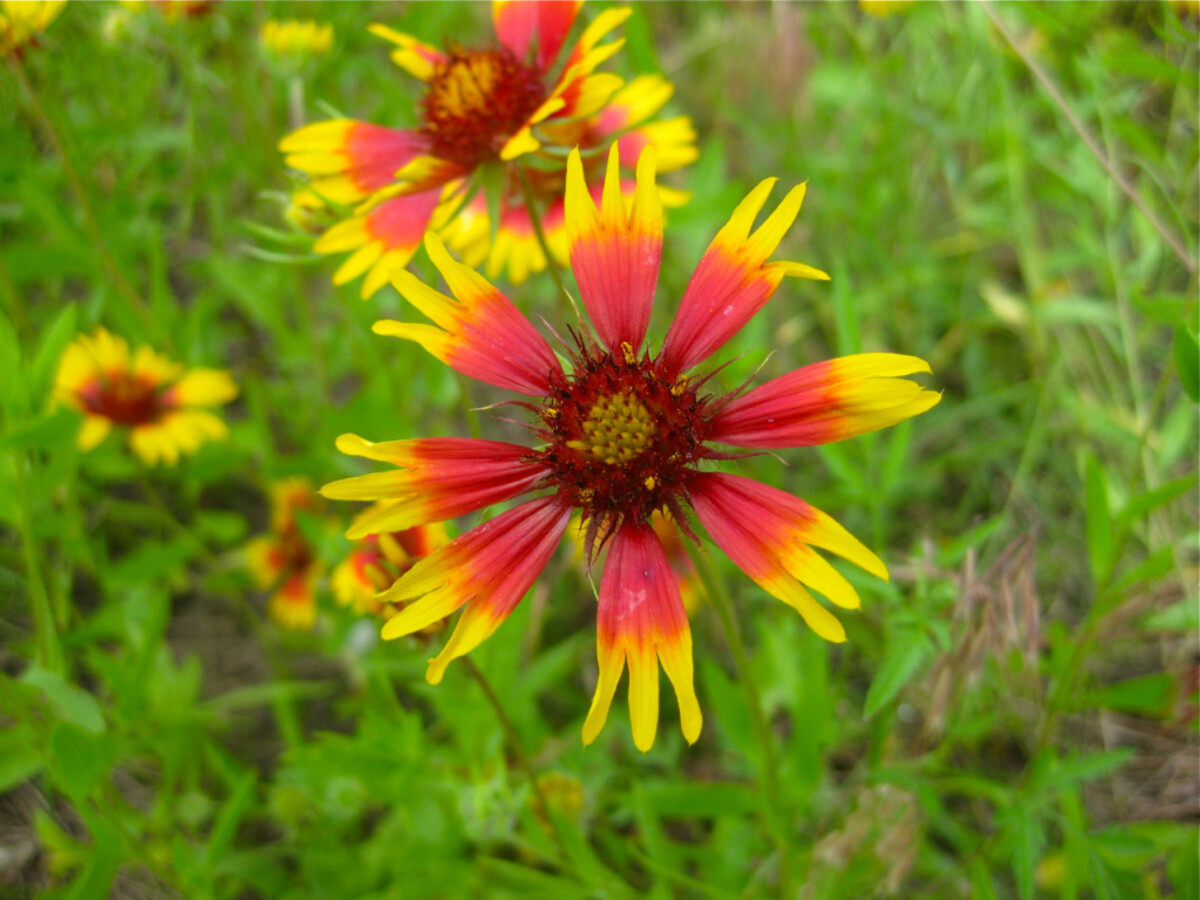

0 thoughts on “When To Start Planting Wildflower Seeds In Kentucky”